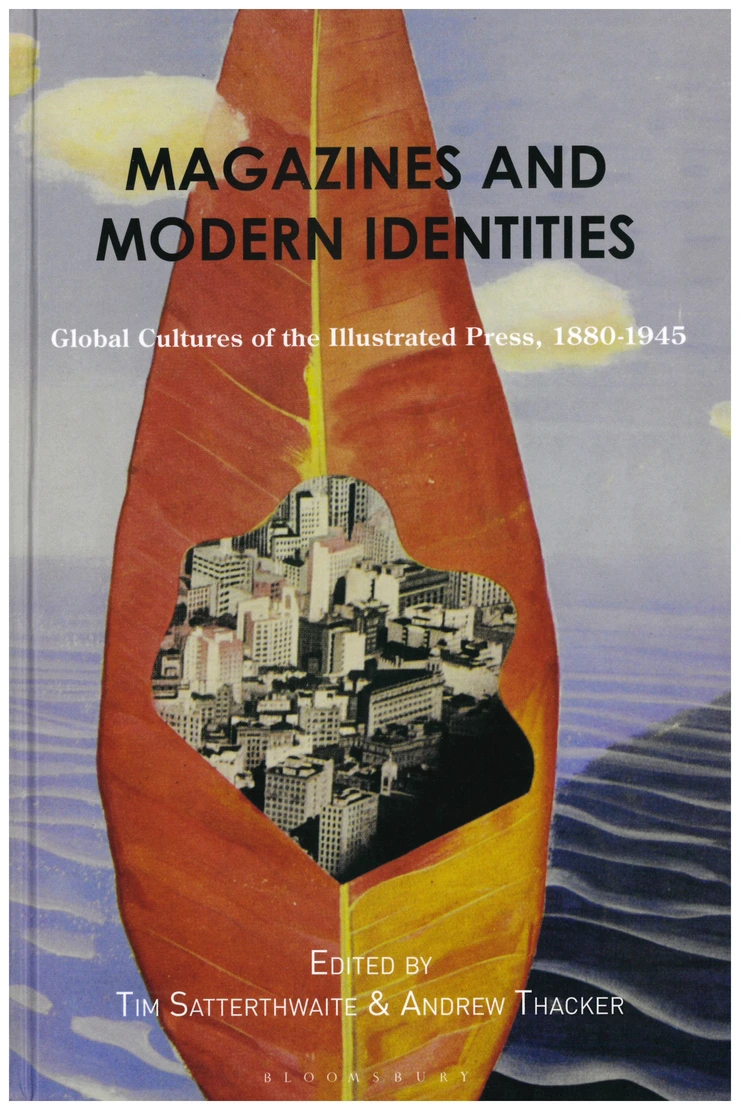
“More Mags!” The November 1924 headline of Simplicissimus, the most renowned satirical weekly published in the German Reich, addressed the flood of salacious periodicals available at the newsstands. Still, the climax of German magazine culture was yet to come: by the end of the 1920s, magazines contributed substantially to what has been called, in retrospect, an “iconic turn” – the far-reaching diffusion of both illustrated press and silent film to broad sections of the population. The emergence of visual public communication implied distinct image practices and new modes of perception which increased the importance of visual phenomena in everyday culture. Today, the “iconic turn” of the Weimar Republic is perceived as one of the main characteristics of the period, describing society’s hunger for ever more new imagery – an imperative to which the illustrated press eagerly responded. At the time, there were at least ten national publications in the realm of weekly illustrated magazines; if one includes the ten or so more widely distributed illustrated daily newspaper supplements, this adds up to more than 1,000 individual issues per year, or more than 20,000 issues in the two decades between the wars. Together with the hundreds of illustrated monthlies for fashion and sports, satirical tabloids, movie magazines, art journals and party pamphlets, a picture count in the millions reached almost the entire German population.
This chapter provides an overview of selected genres of the German illustrated press during this period, based on the theoretical concept of magazines as “small archives” explained below. It aims at providing insight into how new worlds of knowledge and experience were made accessible to the magazine audience of the time, often based on the visual grammar of the “New Vision” and designed according to the principles of a “New Typography”. The chapter has a particular focus on politics and propaganda, arguing that illustrated magazines contributed significantly to an iconography of the political in the 20th century. From a German perspective, this obviously raises the question of how the cuts in media freedom of 1933 and the restrictions resulting from the Gleichschaltung of the press, which also affected popular magazines, changed their nature and appearance under Nazi rule.
Auszug aus dem Beginn des Kapitels; für den Volltext siehe
Patrick Rössler: Spearheading the Iconic Turn. German Illustrated magazines in the Interwar Period. In: T. Satterthwaite & A. Thacker (Hg.): Magazines and Modern Identities. Global Cultures of the Illustrated Press, 1880-1945. London/New York: Bloomsbury Visual Arts, 2023, S. 59-79.

Sie befinden sich im News-Bereich der Professur Empirische Kommunikationsforschung/Methoden.
Weitere Meldungen, Pressemitteilungen sowie aktuelle Themen finden Sie auf den "Aktuelles"-Seiten der Universität Erfurt.